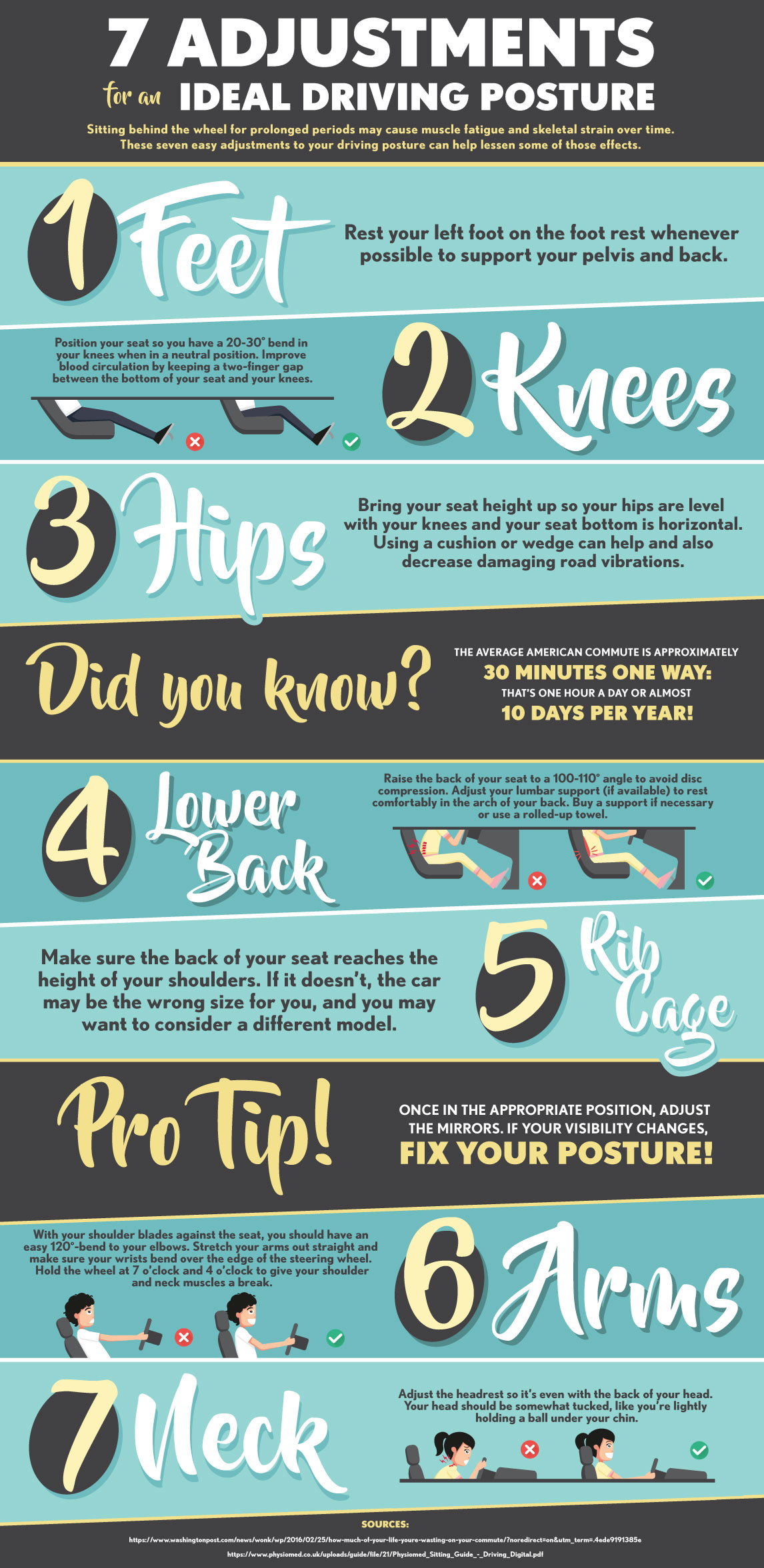Why Does Soft Tissue Treatment Hurt? Understanding The Refine
Why Does Soft Tissue Treatment Hurt? Understanding The Refine
Blog Article
Web Content Author-Vazquez Feddersen
When you undergo soft Tissue therapy, you may find it surprisingly unpleasant. This pain occurs as pressure is related to strained muscular tissues and damaged tissues, causing your discomfort receptors. While it can really feel distressing in the moment, there's a reason behind this sensation. Recognizing what happens in your body throughout these treatments can help you value the process. So, just what is taking place under the surface area?
The Physiology of Discomfort During Soft Tissue Treatment
When you undertake soft Tissue treatment, your body's feedback to discomfort is an intricate interplay of physiological processes. As the therapist uses pressure, your body triggers pain receptors, sending out signals to your brain. This activates the launch of neurotransmitters, such as material P and glutamate, which enhance the feeling of discomfort.
Your muscles may also tense up in response, further complicating the experience. In addition, your body might launch endorphins, natural pain relievers that can aid minimize some pain.
The communication in between these processes can develop an unique experience for each person. Recognizing this physiological feedback aids you navigate the experiences during therapy, permitting you to value the equilibrium in between discomfort and the possibility for healing advantages.
The Function of Discomfort in the Recovery Refine
Although pain throughout soft Tissue therapy can really feel frustrating, it plays a crucial duty in the recovery process. When https://relief-chiropractic-clini06162.blogoxo.com/33219271/sports-massage-techniques-explained-just-how-they-can-change-your-training experience discomfort, your body is signifying that it's working to fix damaged cells. This response assists increase blood circulation to the damaged area, providing crucial nutrients and oxygen required for healing.
Furthermore, discomfort can advertise the release of endorphins, your body's all-natural painkillers, developing a sense of alleviation post-treatment. Embracing this discomfort can aid you recognize your body's restrictions and motivate you to resolve underlying problems.
While turmeric complex with bioperine , this process is essential for lasting recovery and improved feature. Identifying https://reidxoycu.buyoutblog.com/33062083/prepare-effectively-for-your-sporting-activities-massage-and-discover-just-how-communication-can-unlock-a-deeper-level-of-healing-and-leisure-what-other-keys-await as an important part of recovery can encourage you to remain devoted to your therapy.
Tips for Managing Discomfort During and After Treatment
Taking care of pain throughout and after soft Tissue treatment can considerably enhance your general experience and healing.
To begin, connect honestly with your specialist regarding your discomfort degrees; they can readjust strategies appropriately. Using deep breathing methods can also assist you kick back and alleviate discomfort.
Think about applying ice to the treated area post-session to lower swelling and numb pain. Staying hydrated help in the recuperation procedure, so consume a lot of water.
Mild stretching and light movement after therapy can promote blood circulation and convenience tightness. Last but not least, guarantee you obtain appropriate rest to allow your body to heal.
Implementing these suggestions can make your soft Tissue therapy more manageable and satisfying.
Verdict
In conclusion, while soft Tissue treatment can be uneasy, it's essential to identify that this discomfort plays a crucial function in your recovery trip. By recognizing the physical responses at play, you can come close to the therapy with a much more positive mindset. Remember, the preliminary discomfort usually gives way to alleviation as your body releases endorphins. Accept the procedure, and don't wait to utilize the ideas for managing pain to boost your experience and recovery.
